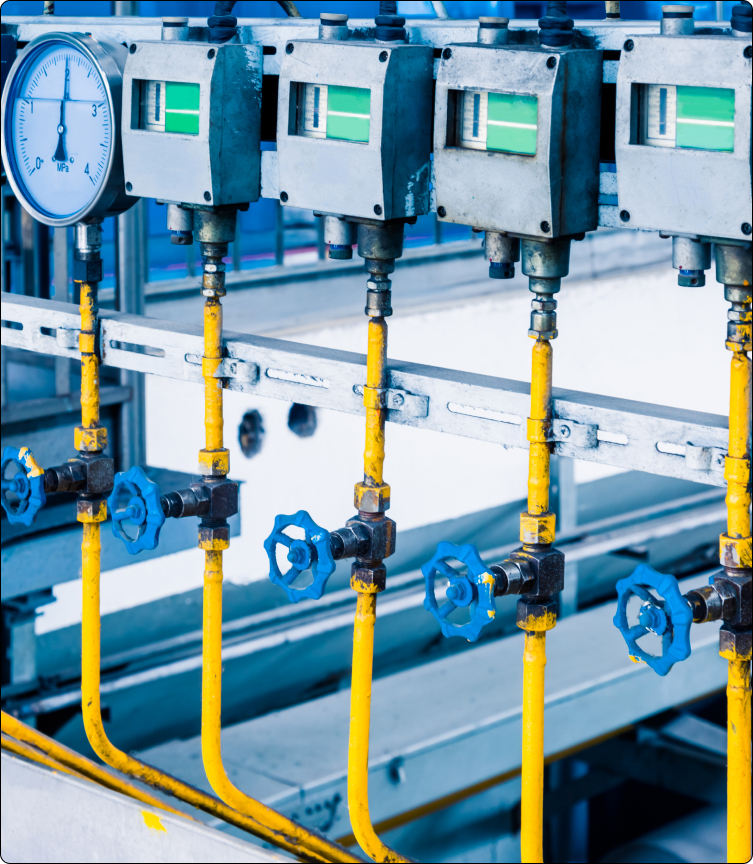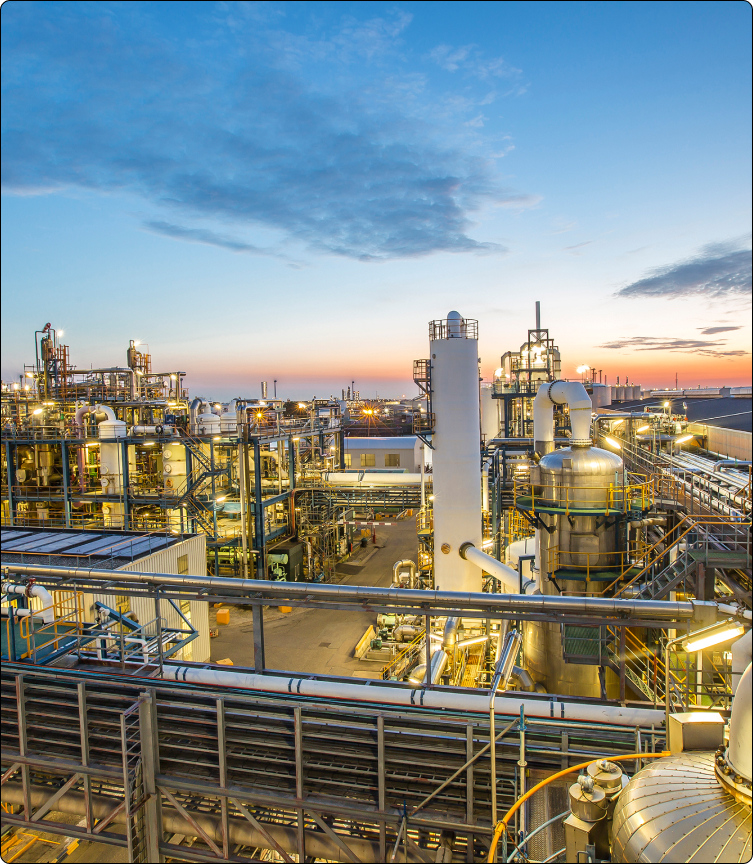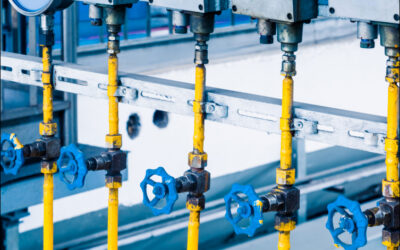Clean Battery Nickel
Enabling car makers to decarbonize by creating a North American supply of clean nickel.
The breakthrough Atlas Process creates battery nickel with almost zero CO2 and no waste or other emissions.
Atlas Process
A hydrometallurgical approach for extracting nickel with a much lower environmental footprint than any other battery nickel processes.


Electra Plant
Our first commercial plant in North America – Electra – will produce clean, ultra-low emission battery nickel and by-products which abate emissions from heavy polluting industries.

We are delighted to support the team behind this game-changing technology, which can deliver clean nickel to meet growing demand, at a critical time in the energy transition.
Jeremy Grantham
Investor & environmentalist
Atlas Materials Signs Commercial Ag…
DECEMBER 19, 2023PRESS RELEASEAtlas Materials Signs Commercial Agreement with SMGM to Supply Nickel OreLondon - Atlas Materials ("Atlas" or "the Company") announces the signing of a commercial agreement with Société Minière Georges Montagnat (“SMGM”) for the supply of...
Atlas Materials Announces Developme…
SEPTEMBER 28Atlas Materials Announces Development of a Breakthrough Battery Nickel Production Process and Completes US$27m Series A FundraiseAtlas Process will produce battery nickel with almost zero CO2, and no waste or other emissionsHighlights Atlas Process will...
ALTA 2023 Nickel-Cobalt-Copper conf…
MAY 1ALTA 2023 Nickel-Cobalt-Copper conferenceLow carbon nickel and cobalt production from saprolite nickel oresThe demand for nickel and cobalt battery materials for transport is poised to increase exponentially. The natural resource to meet this demand is the large...


